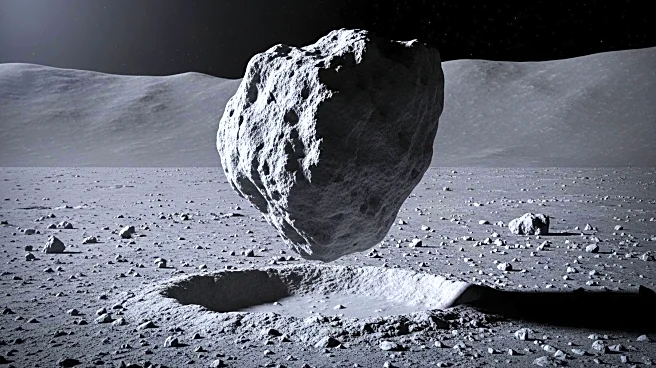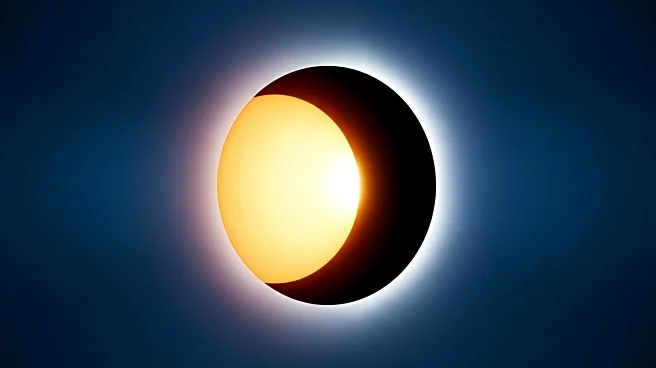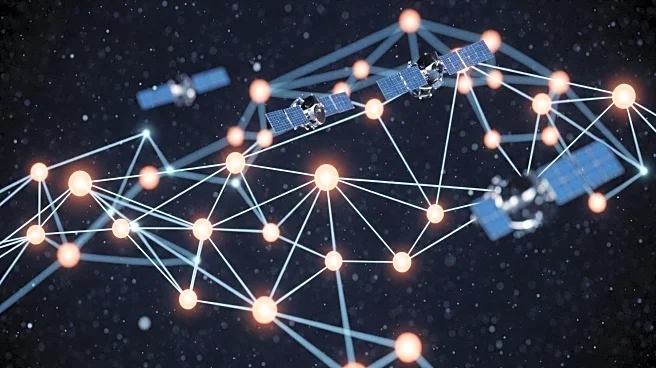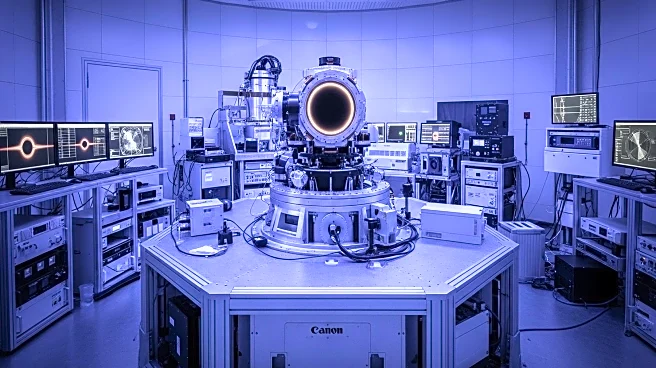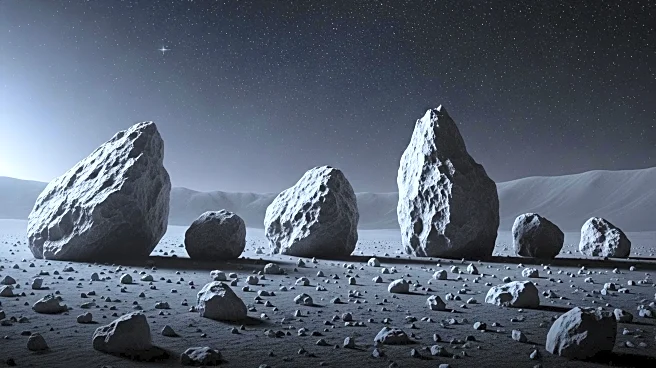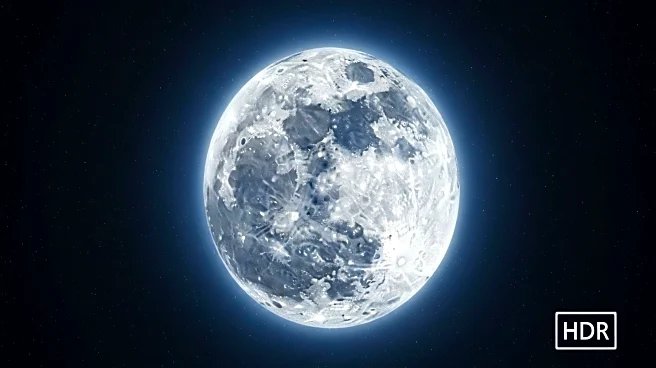What is the story about?
What's Happening?
Scientists have identified 245 fresh tracks on the moon created by boulders rolling, bouncing, and sliding down crater walls. This discovery challenges the long-held belief that the moon is geologically inactive. The study, led by Sivaprahasam Vijayan from the Physical Research Laboratory in India, used images from NASA's Lunar Reconnaissance Orbiter to track these boulder movements and estimate their age. The findings suggest recent geological activity on the moon, highlighting seismically active spots and fresh impact sites.
Why It's Important?
The discovery of recent boulder falls on the moon provides new insights into lunar geological processes, which could have implications for future lunar exploration and research. Understanding the moon's geological activity is crucial for selecting landing sites for upcoming missions and for studying the moon's history and evolution. This research also opens up possibilities for deploying seismometers to monitor lunar seismic activity, which could enhance our understanding of the moon's internal structure.
What's Next?
Researchers plan to integrate artificial intelligence methods to improve the precision of identifying boulder falls and their causes. Future lunar missions may focus on deploying additional seismometers to monitor seismic activity continuously. These efforts will help determine whether the boulder falls are caused by internal (endogenic) or external (exogenic) factors, providing a clearer picture of the moon's geological dynamics.
AI Generated Content
Do you find this article useful?
